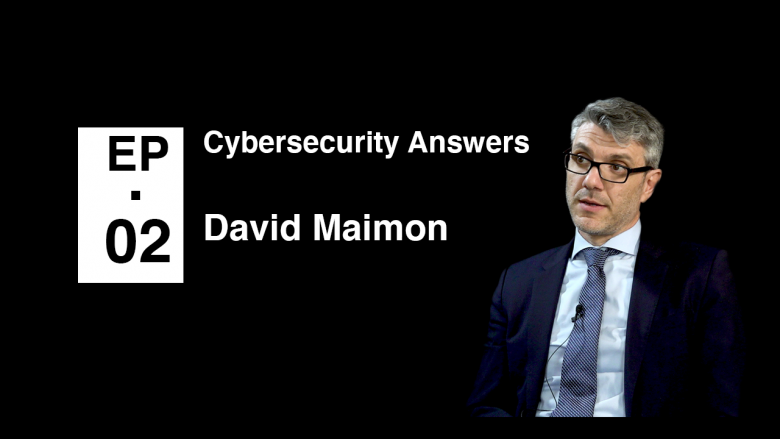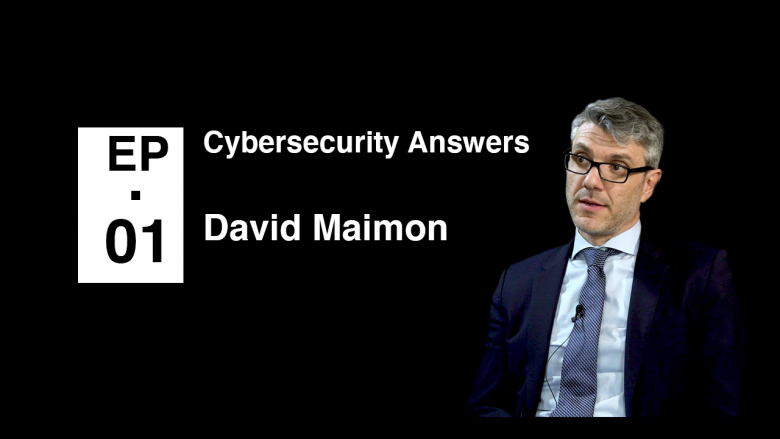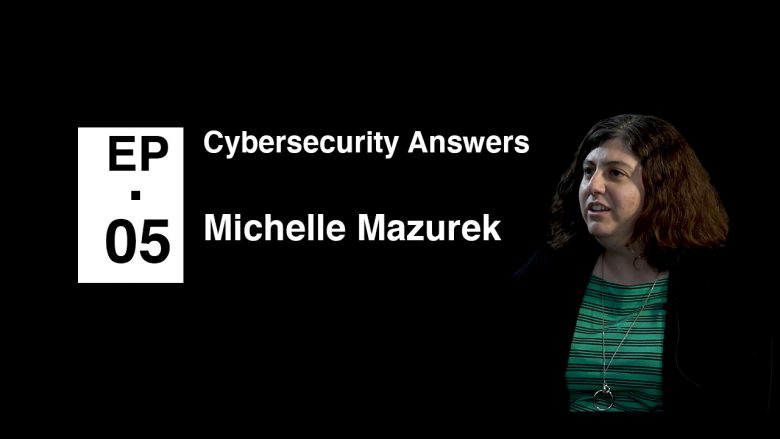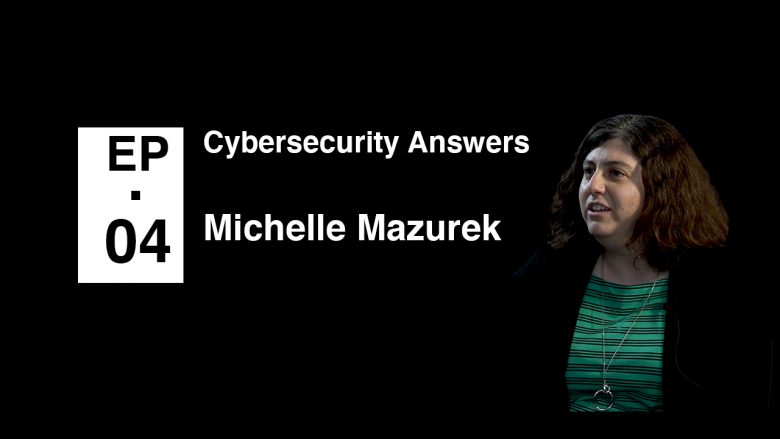Everyday cybersecurity involves both technological and human security. Technological security focuses on maintaining the integrity of the technology, ensuring the usability of technological security, and controlling access. Human security encompasses interactions between people mediated through technology. This report is a review of academic and policy literature in the context of everyday cybersecurity in organizations. The …
We all have questions, but who are the people with the answers for Cybersecurity. In this series we sat down with academics and experts to ask them about how they got started, what they are researching now, their lessons for us and the future. Our series “Cybersecurity Answers” continues with David Maimon from Georgia State …
Les bots sur Twitter peuvent être utilisés à des fins malveillantes, telles que la distribution de maliciels, la diffusion de fausses informations, la simulation de mouvements politiques populaires et l’interférence de mouvements sociaux. Twitter permet à ses utilisateurs d’accéder à ses services via une page Web, des applications mobiles et une interface de programmation d’application …
We all have questions, but who are the people with the answers for Cybersecurity. In this series we sat down with academics and experts to ask them about how they got started, what they are researching now, their lessons for us and the future. Our series “Cybersecurity Answers” continues with David Maimon from Georgia State …
Twitter bots can be used for malicious purposes, such as distributing malware, disseminate fake news, faking grassroots political movements, and interfering with social movements. Twitter allows its users to access its services through a web page, mobile applications, and an application programming interface (API). Even though API allows enhances users’ experience with contents, API also …
We all have questions, but who are the people with the answers for Cybersecurity. In this series we sat down with academics and experts to ask them about how they got started, what they are researching now, their lessons for us and the future. In this this episode, we learn more about the future of …
Les utilisateurs humains sont généralement la principale cible des cyberattaques, des tentatives d’hameçonnage et des fuites de données générées par des attaques d’ingénierie sociale. Ainsi, plusieurs facteurs humains peuvent augmenter ou diminuer la probabilité d’être victime d’une cyberattaque, d’un piratage ou d’une violation de données. La cyberhygiène implique l’établissement et le maintien de comportements cruciaux …
Human users are generally the main target for socially engineered cyber attacks, phishing scams, and data leaks. Thus, several human factors may raise or diminish the likelihood of being the victim of a cyberattack, hack, or data breach. Cyber hygiene involves establishing and maintaining crucial cyber health behaviours. Routinely changing passwords and avoiding recycled passwords, …
We all have questions, but who are the people with the answers for Cybersecurity. In this series we sat down with academics and experts to ask them about how they got started, what they are researching now, their lessons for us and the future. In this this episode, we learn more about Michelle Mazurek’s biggest …
Organizations can deploy cybersecurity countermeasures to prevent or reduce the harms of specific risks. These measures include technical controls, policies, and advice for system users. Although cybersecurity countermeasures are put in place to reduce or prevent damage, they can have unintended consequences. These harms can be negligible such as, causing disruption or serious and thus …








